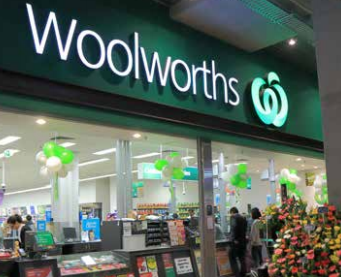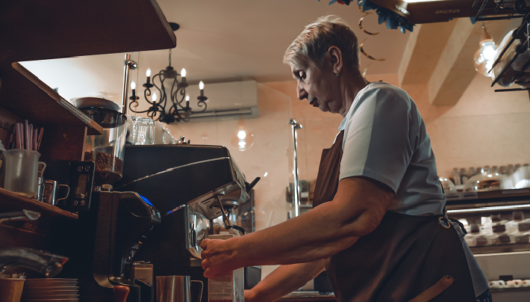 Woolworths may have difficulties meeting its lofty sustainability targets and moving to a ‘circular economy’ by 2020, according to experts.
Woolworths may have difficulties meeting its lofty sustainability targets and moving to a ‘circular economy’ by 2020, according to experts.
Outlined in its corporate responsibility strategy report late last week, Woolies has set a lengthy list of targets including the target of having zero food waste going to landfill – a target set in its 2007-15 sustainability strategy and not achieved. Woolies said at present, half of its waste stream is still food, which it attributes to insufficient sorting at its stores.
“Taking into the consideration the context of food waste for example, I’d argue that their private standards and instore practices creates challenges for Woolworths in implementing more sustainable practices,” Dr Bree Devin, lecturer in public relations at QUT who holds a PhD in corporate social responsibility, told IRW.
“In regards to their private standards, a substantial amount of food is wasted because it doesn’t meet Woolies strict ‘quality’ standards. By quality, we’re often talking about the size, shape and colour of the fruit or vegetable – for example, bananas that are too long are rejected.”
 Devin said the supermarket’s instore practices will ultimately determine whether it meets the target of zero percent food waste in stores, with individual store managers needing to make sure any surplus fruit and veggies do not get thrown in the bin and instead donated to a food rescue organisation.
Devin said the supermarket’s instore practices will ultimately determine whether it meets the target of zero percent food waste in stores, with individual store managers needing to make sure any surplus fruit and veggies do not get thrown in the bin and instead donated to a food rescue organisation.
“You could also consider Woolworths’ procurement strategies, which often mean farmers are required to grow to maximum order, even if Woolworths don’t take all of the produce. To me, while this might be beneficial to Woolworths, this isn’t what I’d call a sustainable practice for our farmers.”
Commenting on the standard of Aussie supply chains in the supermarket category, specifically food waste, Devin said supermarkets wield substantial power over suppliers and that “there is definitely room for improvement”.
In other targets, Woolies has set the aim of having at least 40 per cent of its executive and senior management positions to be held by women, with no salary wage gap between male and female employees of equivalent positions on a per-hour rate at all levels of the company. It also aims to have an additional 1,600 indigenous employees by 2019.
Woolies also aims to achieve net zero supply chain deforestation for high impact commodities in its own brand products such as palm oil, timber, pulp and paper and packaging, with the goal set of reducing its carbon emissions 10 per cent below 2015 levels.
The conglomerate said it will innovate with natural refrigerant leakage in its stores by 15 per cent of CO2 emissions below 2015 levels. By 2020, Woolies will install ten natural systems, employing technology such as transcritical CO2 or water loop. In the NZ Countdown business, one such system has been installed with another four to come.
 On the business side, Woolies said it will invest the equivalent of one per cent of a three year rolling average of total group earnings before interest and tax in community partnerships and programs.
On the business side, Woolies said it will invest the equivalent of one per cent of a three year rolling average of total group earnings before interest and tax in community partnerships and programs.
“While corporate social responsibility and sustainability is typically viewed as a voluntary initiative by an organisation, you’d be hard pressed to find an organisation that does it without expecting an economic benefit,” said Devin.
“Again, take food waste as an example – by donating surplus food to a food rescue organisation, Woolworths gets the kudos for being socially responsible and helping give disadvantaged Australians access to fresh fruit and veggies. At the same time, they’ve saved themselves substantial costs in dump fees.”
Access exclusive analysis, locked news and reports with Inside Retail Weekly. Subscribe today and get our premium print publication delivered to your door every week.





